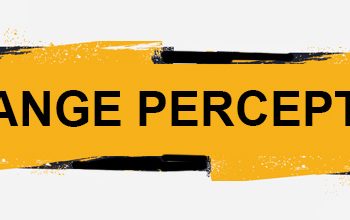Intro by Skip Cohen
With a renewed sense of family over the last year, there’s a greater demand for family portraiture and, in turn, big prints. But, at the same time, people typically don’t know how to display their prints properly.
I remember Michele Celentano talking about being a “full-service” photographer. She works with the client before the sitting to decide on the location, print size, frame style, etc. Then, when the print is delivered, she shows up with picture hooks, her hammer, and a level. There’s no way her work is going to wind up in the front closet waiting for somebody to hang it!
Now, take it a step further to your business and a little help from Beverly Walden. Stunning portraiture is very much alive and well, but you need to be in the driver’s seat with your clients. Help them through the challenges of the size of the print and the location. The more you can help them, the more you’ll enhance the experience they have of working with you!
By Beverly Walden
As I was going through photographs taken on our trip to Ireland a few years ago, I was reminded of two mistakes we see made again and again when purchasing and then hanging portraiture; too small for the space and hung too high!
Here’s the story…we spent one night in a castle and of course, had a camera handy to take photos of the castle. We loved how the paintings were displayed and wanted to remember them for the future. It was truly amazing!
Notice the sizes of the paintings hanging in the castle as well as how they are hung (Hint: they are super-sized and hung low.) The way they hung these paintings is a lesson for those clients who say they have no space;-)
Of course, the best way to determine the correct size of a portrait for a particular space in someone’s home is to take a photograph of their wall(s) while doing the planning session at their home and then using ProSelect to virtually hang their portraits on their walls.
We believe this ability in ProSelect is one of the BEST sales tools that we have ever had as it adds context to the sizes.
However, I thought I would share a couple of general “rules” interior designers use to figure out the correct sizes for hanging art/photographs as well as how to place the art as it relates to the furniture in the room.
RULE ONE: ART/PHOTOGRAPHS ARE OFTEN TOO SMALL-THINK BIGGER!
Here are some general rules for how big the art/photographs should be.
Typically, you want to try to fill as much space on the wall as you can while allowing space around the pieces so they aren’t crammed towards the furniture, wall or molding.
Bev’s conviction…too big is always better than too small.
Bev’s mother-in-law’s conviction…if you love something enough, you will find a place for it!
Here is a diagram using a couch as an example to show the general rules.
We tell our clients that 8x10s and smaller are not appropriate for hanging on the wall. In fact, we call them “tabletops” for that very reason.
We love this saying, “If you purchase a size that is too small for your space, it is like hanging a wristwatch on your wall instead of a clock.”
RULE TWO: ART/PHOTOGRAPHS HUNG TOO HIGH
Again, looking at the diagram of the couch, we suggest to our clients the approximate heights to hang their portraits above furniture. You don’t want the portraits so high that you cannot see them “eye to eye.”
If that particular piece will be viewed mostly when standing, then the center of the piece is usually around 60 inches from the ground.
Ceiling heights do come into play if they are either very low or very high (cathedral), so you will need to adjust both sizes and heights accordingly.
Most people hang artwork too high or too far apart, and as a result, it looks lonely on the walls.
And finally…if you want to sell groupings:
Smaller photos when grouped can have the same impact as a single large piece of artwork. Start with the largest frame in the middle of the wall and surround it with the next largest frames; hang the smallest ones on the outer edges. Position the pieces no more than five to six inches apart, so they don’t look disconnected.
I hope this information helps you sell your work in the proper sizes. I know it has helped us.
























